Ginger Oil
Ginger (Zingiber officinalis), like so many of the spices, is a native of Asia, growing originally in India and China. It came to Europe via the ‘Spice Route’ in the Middle Ages, and was introduced into South America by the Spaniards. At present, cultivation on a commercial scale spans these regions, including the West Indies and Africa.
Description
- Botanical Name: Zingiber officinale
- Plant Family: Zingiberaceae
- Extraction Method: Steam distilled
- Plant Parts Used: Root
- Origin: India
- Appearance: Pale Yellow mobile liquid.
- Note: Middle
- Odor: Fresh, warm, woody, sweet bright top note
- Blends well with: Neroli, Rose, Bergamot, Cinnamon, Orange, Sandalwood, Vetiver, Ylang ylang, Petitgrain, Lemon, Grapefruit, Tangerine, Frankincense.
Buy Ginger Oil | Zingiber officinale
Ginger (Zingiber officinalis), much like numerous spices, originates from Asia, flourishing initially in India and China. Its journey to Europe occurred through the medieval ‘Spice Route,’ while the Spaniards brought it to South America. Presently, it is cultivated on a commercial scale not only in these regions but also in the West Indies and Africa. Appreciated since ancient times, ginger’s applications in both medicine and culinary pursuits share extensive common ground.
Composition of Ginger Root Oil
Ginger root oil owes its therapeutic properties to a complex composition of bioactive compounds. The key constituents include gingerol, shogaol, and zingiberene, each contributing to the oil’s distinct aroma and potential health advantages. Studies suggest that these compounds possess anti-inflammatory, antioxidant, and anti-nausea properties.
Extraction Methods
The quality of ginger root oil hinges on the extraction method employed. Steam distillation and cold pressing are the most common techniques. Steam distillation retains the oil’s purity, while cold pressing ensures the preservation of volatile compounds. Understanding these processes is crucial for consumers seeking the highest quality ginger root oil.
Uses in Traditional Medicine
Ginger has been a stalwart in traditional medicine for centuries. Its application ranges from alleviating digestive issues to addressing respiratory conditions. Ginger root oil, a concentrated form of these therapeutic properties, is often used to relieve headaches, nausea, and muscle pain.
Cosmetic Applications
The beauty industry has embraced the benefits of ginger root oil. Its antimicrobial and antioxidant properties make it an excellent addition to skincare products. From reducing acne to promoting hair growth, ginger root oil is a natural remedy for enhancing one’s aesthetic appeal.
Ginger Root Oil Uses in the Kitchen
Aromatherapy Use
The aromatic profile of ginger root oil makes it an ideal candidate for aromatherapy. Inhaling its warm, spicy fragrance can alleviate stress, anxiety, and fatigue, promoting mental well-being. Diffusers, massage oils, or simply inhaling the scent can unlock its therapeutic potential.
Digestive Health Support
Ginger’s well-known digestive properties are amplified in its oil form. Incorporating ginger root oil into your routine can aid in digestion, soothe an upset stomach, and alleviate symptoms of indigestion.
Anti-Inflammatory and Analgesic Properties
Research indicates that ginger root oil possesses potent anti-inflammatory and analgesic properties. Whether applied topically or ingested, it can reduce inflammation and provide relief from pain, making it a valuable asset for those with chronic conditions or occasional discomfort.
Benefits of Ginger Root Essential Oil
- Aching Muscles
- Arthritis
- Nausea
- Indigestion
- Poor Circulation
- Nervous Exhaustion
Packaging:
We can supply essential Oils in small bottles of different dimensions like, 10ml, 50ml, 100ml, 1kg,5kg,10kg, etc. Also, we can supply the essential oils in bulk packaging like, Aluminum Drums, GI Drums, Plastics Drums of various dimensions 25/50/100 liters drums.
Additional information
| Weight | Sample, 100GM, 500GM, 1 KG |
|---|

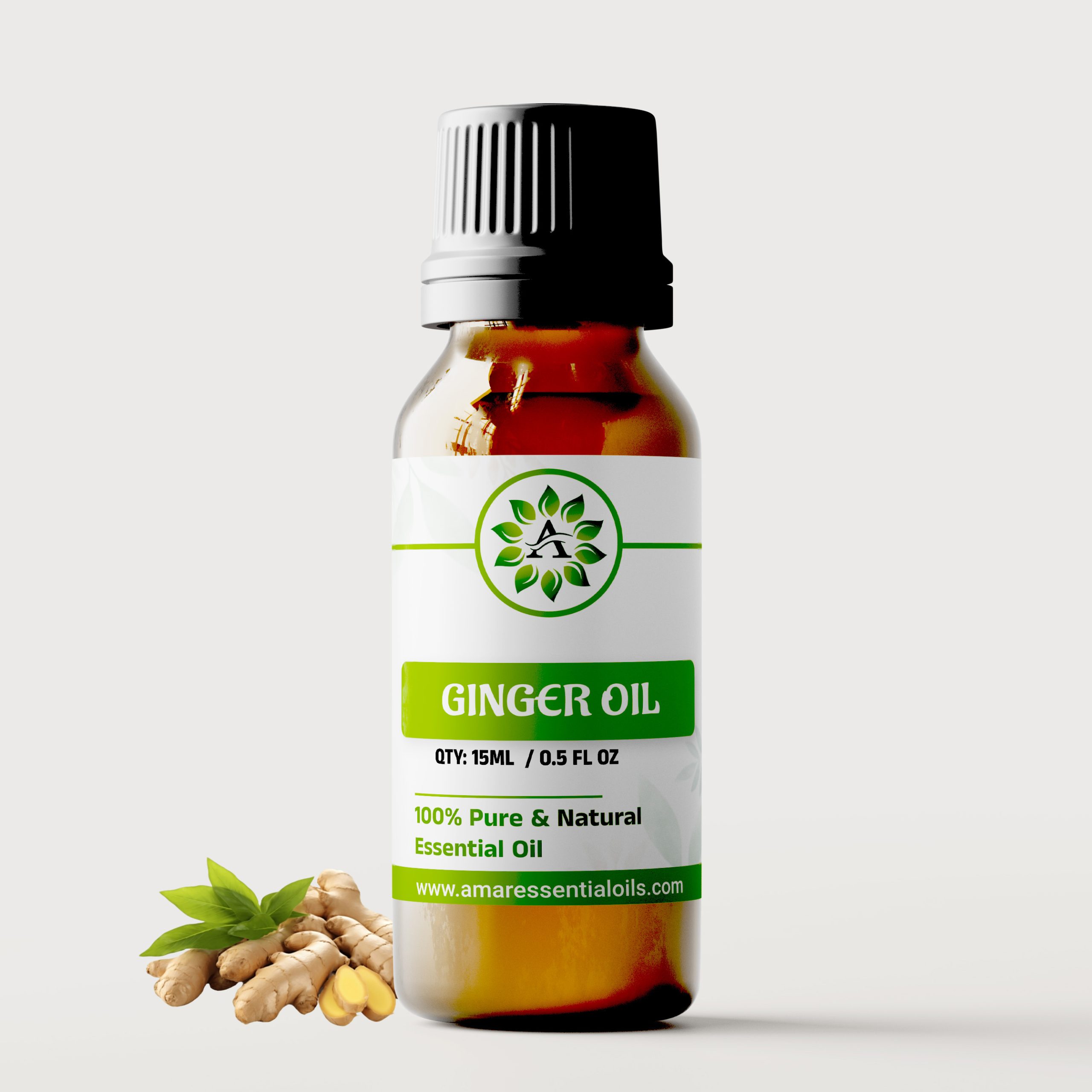
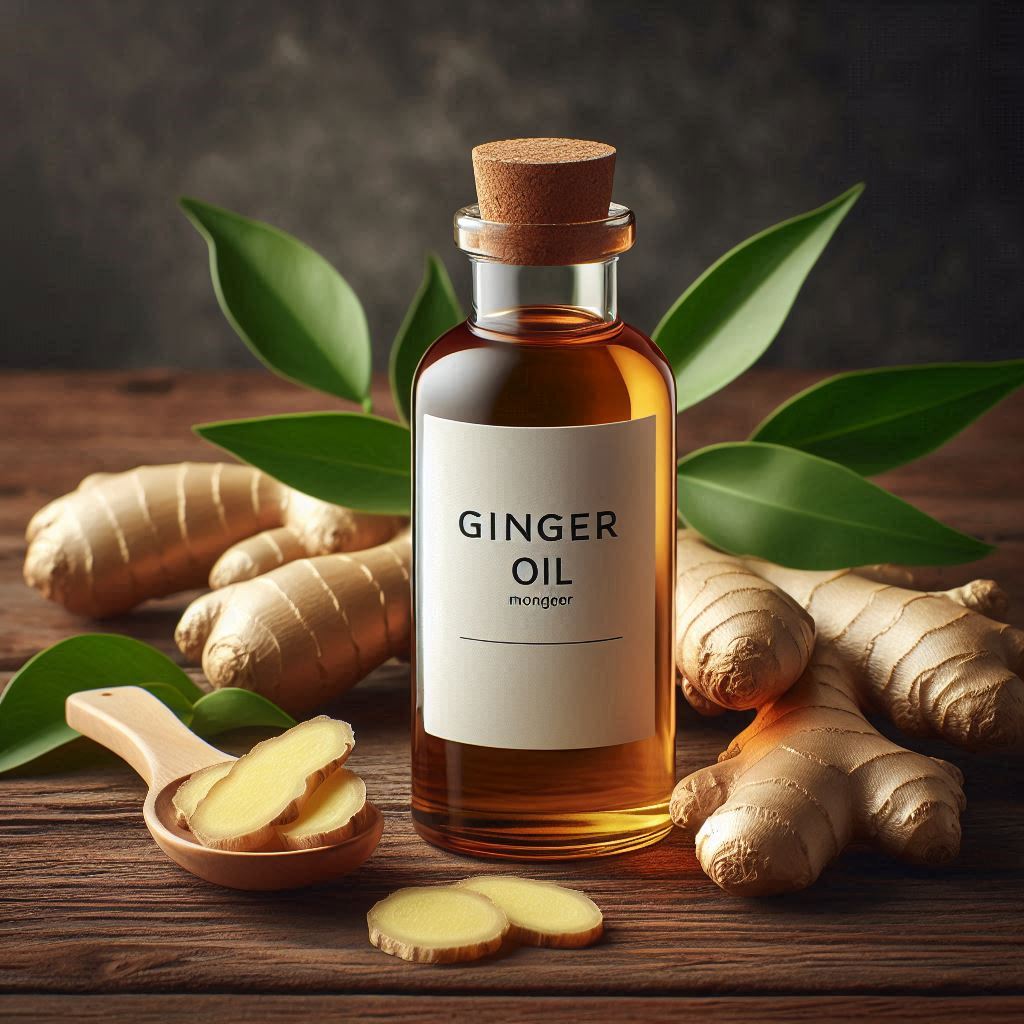
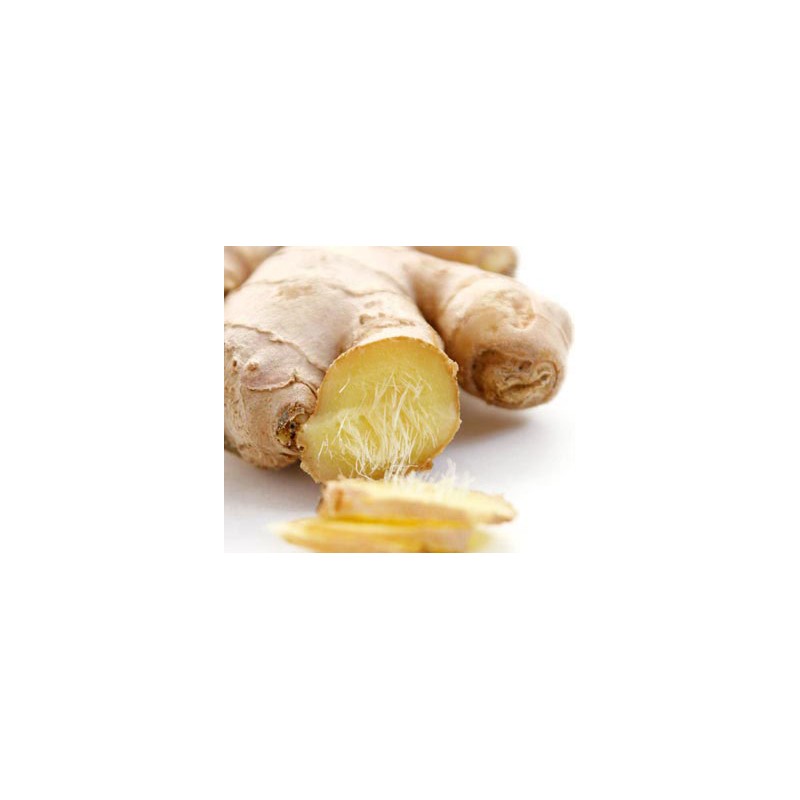
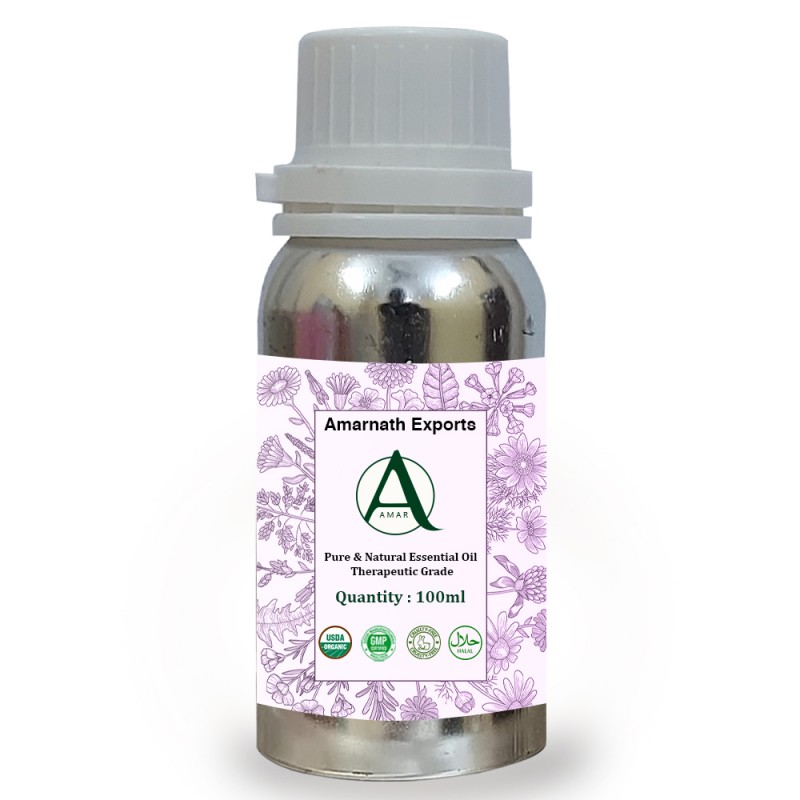
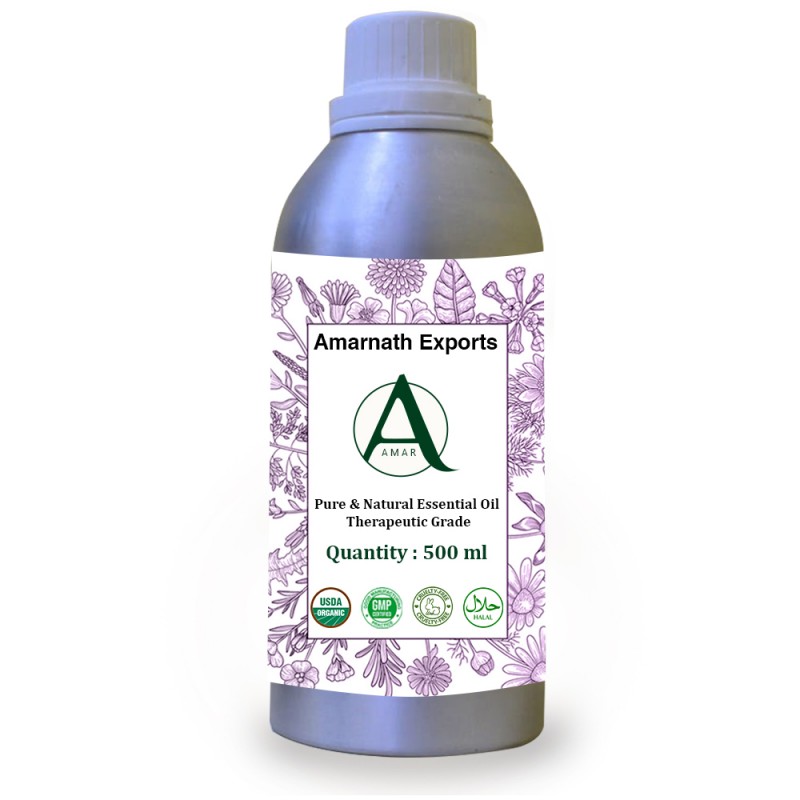

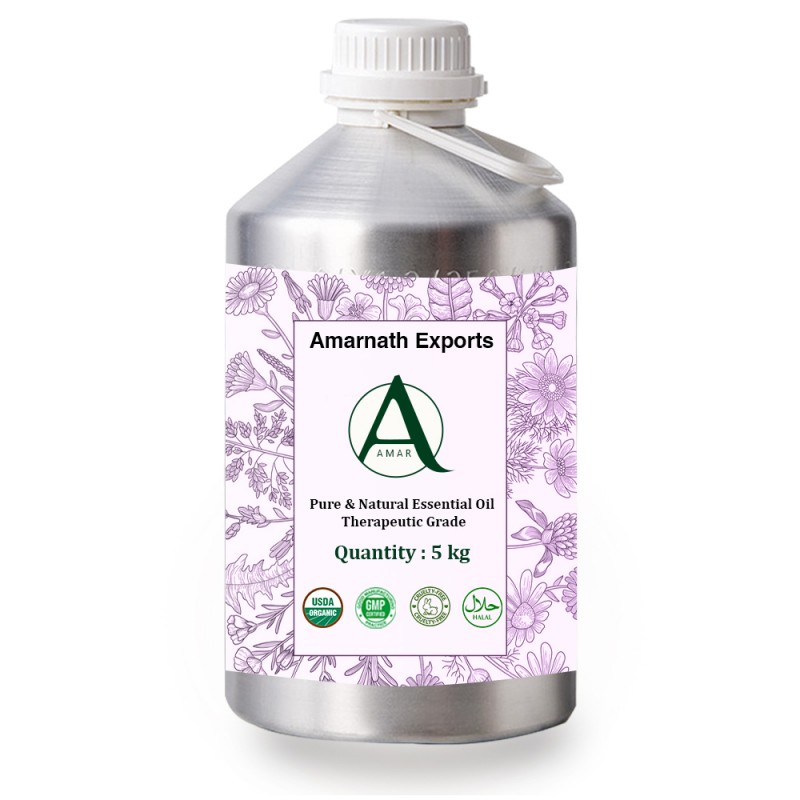
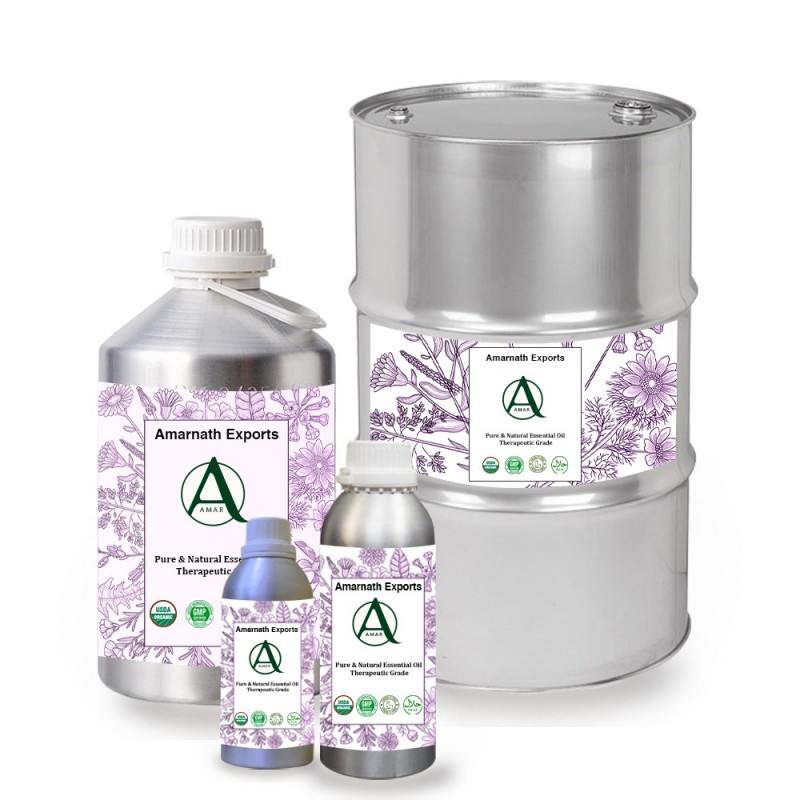
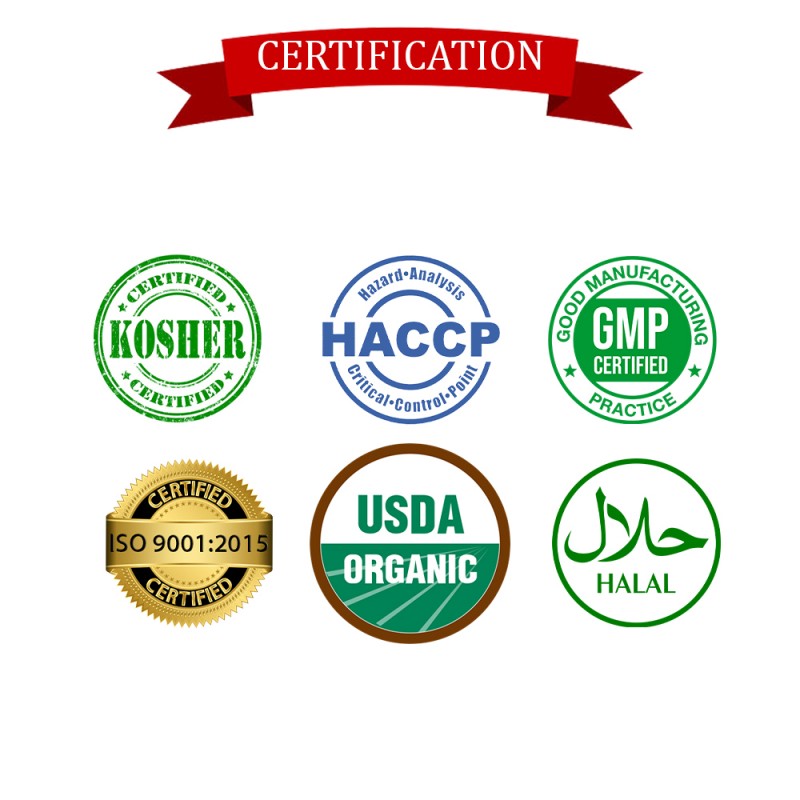
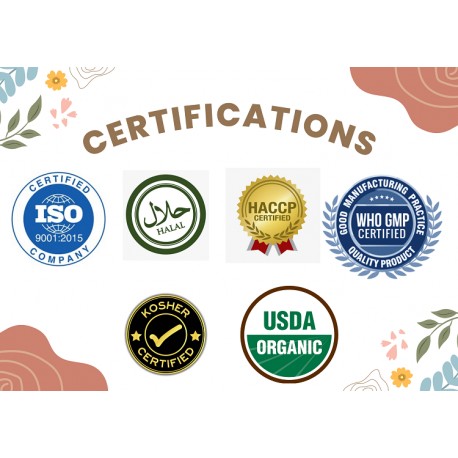

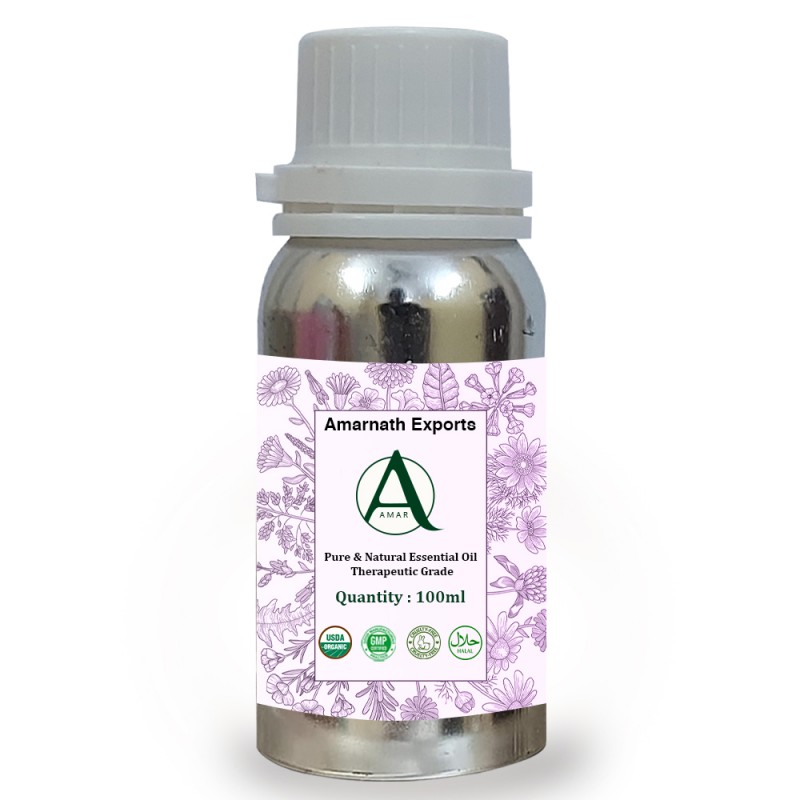



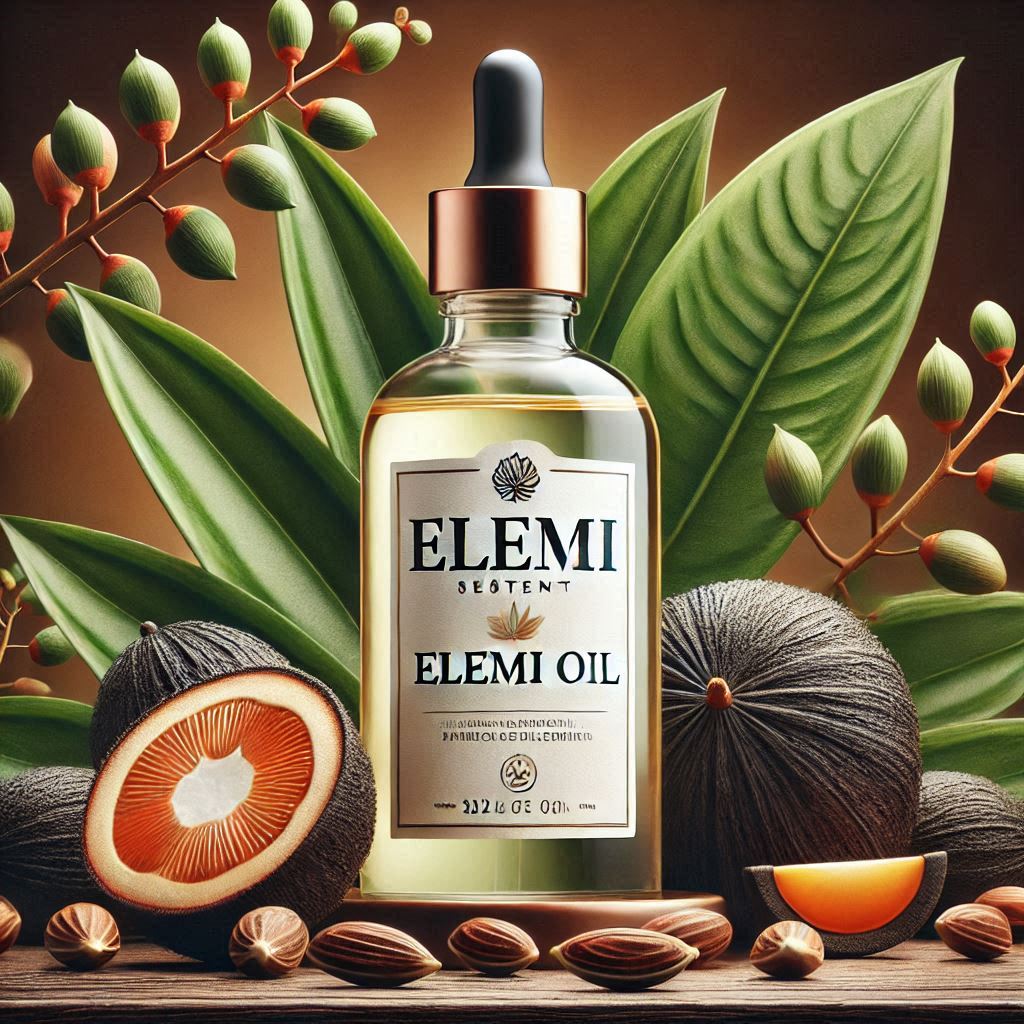

Reviews
There are no reviews yet.